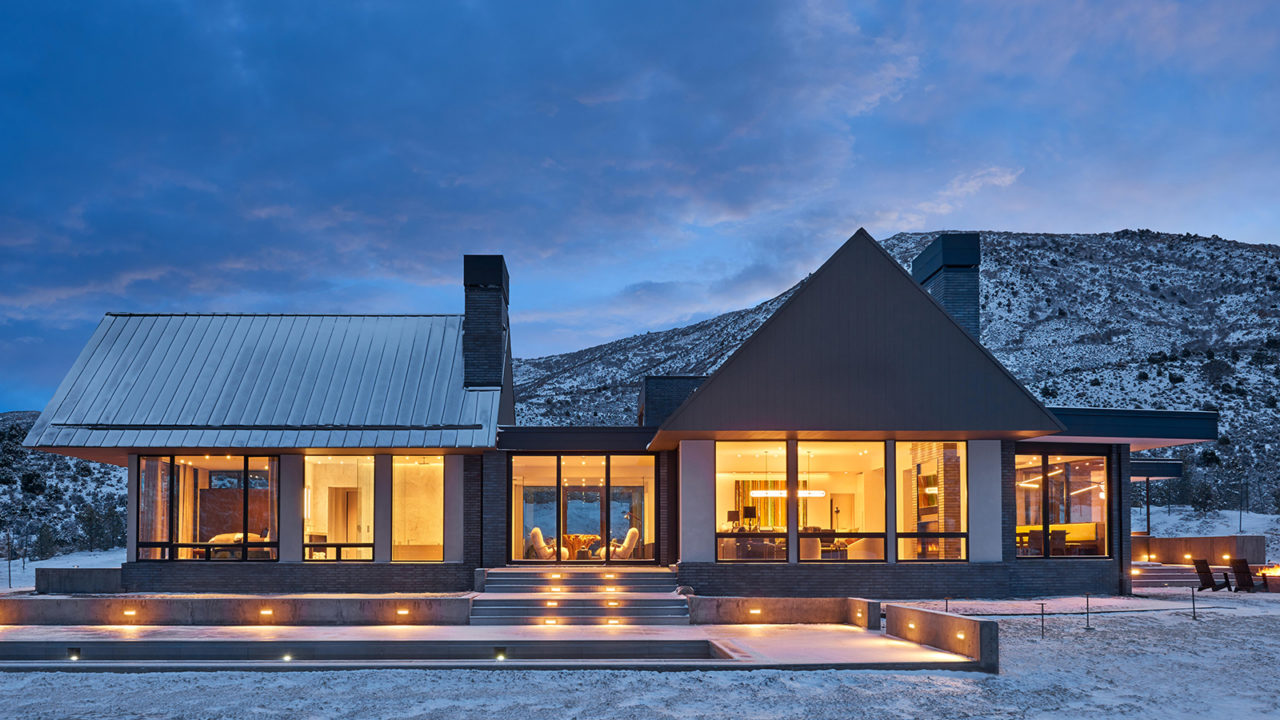Creative Innovations in Real Estate Spaces
The real estate industry has entered an era defined by imagination, functionality, and design excellence. More than just walls and roofs, properties are now expected to reflect new lifestyles, sustainability goals, and technological advancements. At the heart of this transformation lies a wave of creative property innovations that reshape how people live, work, and interact with their environments.

The Evolution of Housing Concepts
Traditional housing once emphasized practicality over aesthetics. Today, buyers and developers demand spaces that balance comfort, utility, and inspiration. Modern housing spaces integrate open-plan designs, flexible layouts, and multi-purpose rooms to accommodate evolving lifestyles. Homes are not just dwellings; they are living ecosystems where well-being and convenience converge.
For instance, integrating smart systems into architecture allows homeowners to control lighting, climate, and security with seamless precision. Sustainability also plays a prominent role, with solar integration, energy-efficient insulation, and eco-friendly materials becoming cornerstones of forward-looking design.
Luxury Design Trends Redefined
Affluence in real estate is no longer defined solely by grandeur. Luxury design trends now emphasize subtle elegance and experiential richness. Minimalism infused with high-quality materials, nature-inspired interiors, and artisanal finishes create spaces that feel both sophisticated and deeply personal.
Wellness-focused amenities such as in-home spas, meditation rooms, and private gyms underscore this shift. Rooftop gardens, infinity pools, and panoramic glass walls elevate urban living, merging luxury with sensory delight. These features not only elevate market appeal but also establish new benchmarks for aspirational living.
The Rise of Creative Property Innovations
Across the globe, developers are experimenting with creative property innovations that challenge conventional expectations. Micro-apartments with modular furniture demonstrate how small spaces can be maximized without sacrificing comfort. Co-living arrangements appeal to urban professionals seeking community-driven environments, while mixed-use developments integrate retail, hospitality, and housing into vibrant ecosystems.
Architecture itself has become a canvas for innovation. Curved structures, vertical forests, and adaptive façades showcase how design can harmonize with urban landscapes while standing as artistic landmarks. Beyond aesthetics, these innovations align with broader goals of sustainability, energy conservation, and social inclusivity.
Innovative Real Estate Ideas for the Future
The industry continues to explore innovative real estate ideas that anticipate tomorrow’s challenges. Green-certified communities are being designed to reduce carbon footprints, with entire neighborhoods powered by renewable energy. Meanwhile, the integration of artificial intelligence in property management offers predictive maintenance, energy optimization, and tailored living experiences.
Another fascinating development is the rise of biophilic design, where architecture seeks to restore human connection with nature. From indoor gardens to living walls, these elements foster mental health, productivity, and environmental awareness. As urbanization intensifies, such approaches offer a vital balance between modernity and ecological responsibility.
The Interplay of Technology and Lifestyle
Technology is no longer an accessory in real estate but a defining element. Smart home ecosystems connect every aspect of living, from appliances to entertainment systems. Voice-activated controls, touchless technologies, and sensor-driven solutions enhance efficiency while reducing waste.
For developers, these advancements represent an opportunity to create modern housing spaces that resonate with tech-savvy buyers. For residents, they deliver a level of convenience and personalization that previous generations could scarcely imagine.
Redefining Community and Connectivity
Real estate innovations extend beyond individual units into the fabric of communities. Developments now prioritize connectivity, both digitally and socially. Shared workspaces, interactive hubs, and community-centric amenities encourage collaboration and foster a sense of belonging.
This community-driven approach aligns with evolving cultural expectations. Urban dwellers seek places where social interaction coexists with privacy, where shared gardens and recreational zones complement private sanctuaries. The result is a holistic lifestyle that merges autonomy with community engagement.
A Future Built on Vision
Real estate has always mirrored societal change, but today’s pace of transformation is unprecedented. The fusion of luxury design trends, sustainability, and technological intelligence points to a future where spaces adapt as seamlessly as lifestyles. Buyers no longer seek mere shelter; they seek experiences, flexibility, and future-proof value.
By embracing creative property innovations and adopting innovative real estate ideas, the industry demonstrates its ability to reinvent itself while anticipating new demands. The rise of modern housing spaces underscores this shift, proving that the future of property is less about permanence and more about adaptability.
The real estate sector is no longer confined to static definitions of brick and mortar. It is a dynamic field shaped by creativity, design ingenuity, and technological foresight. Through creative property innovations, the embrace of luxury design trends, and the pursuit of innovative real estate ideas, the landscape evolves into one of possibility and progress. As the world moves deeper into this era, the properties of tomorrow will not only house lives but also inspire, nurture, and transform them.








